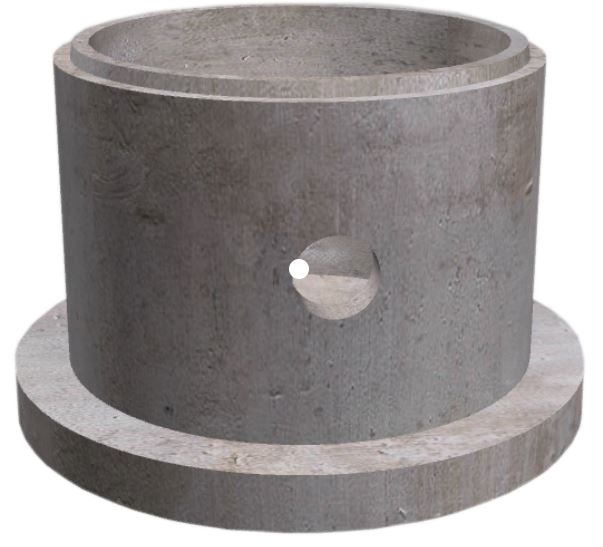 Informed Infrastructure recently conducted a product evaluation for manhole bases, comparing precast concrete vs. cast-in-place.
Informed Infrastructure recently conducted a product evaluation for manhole bases, comparing precast concrete vs. cast-in-place.
In six of the eight categories, precast concrete was deemed the preferred choice. In a seventh, the two building materials were rated as even.
Here is a breakdown of the categories and highlights from the article:
- The longer construction takes place on the jobsite, the more problematic things can become. Precast concrete manholes are quickly and easily installed … with little more than one day for installation.
- A precast crew is able to complete a job and move on to the next one faster, while the cast-in-place crew is just getting started.
- Weather shouldn’t delay precast production and products require less time to get in the ground, which means less exposure to inclement weather conditions.
- Add up the savings for installation and labor as well as the time savings, and the choice is clear.
- Precast concrete manholes are manufactured in a controlled environment with accurately estimated rebar and concrete batching volumes. This translates to less waste.
- Variables found on a jobsite are negated with precast since the work is done in a manufacturing plant.
Precast and cast-in-place were deemed even when it came to specifications, while cast-in-place received the nod for flexibility in terms of compromised space restrictions.
Overall, the author wrote: “Take a look at the inside of the finished product, including joint details in the base as well as the channeling, and you’ll more often than not encounter a higher degree of quality finish with precast. Because the precast concrete manhole is prefabricated offsite, it’s ready to be set, sealed and backfilled the second it arrives on the jobsite. Cast-in-place can be a messier, more expensive and time-consuming process that brings with it multiple variables and unknowns.”